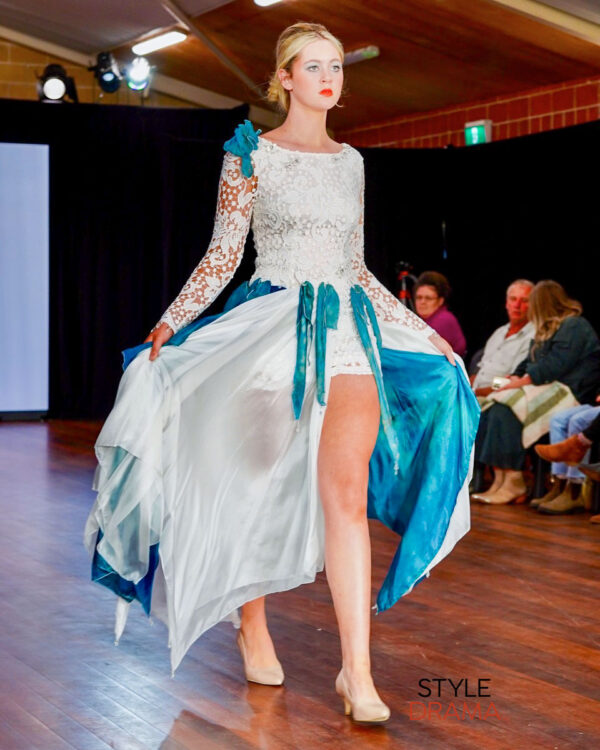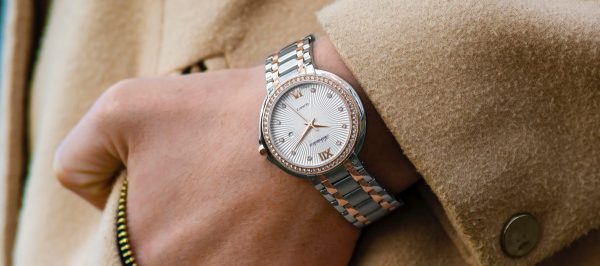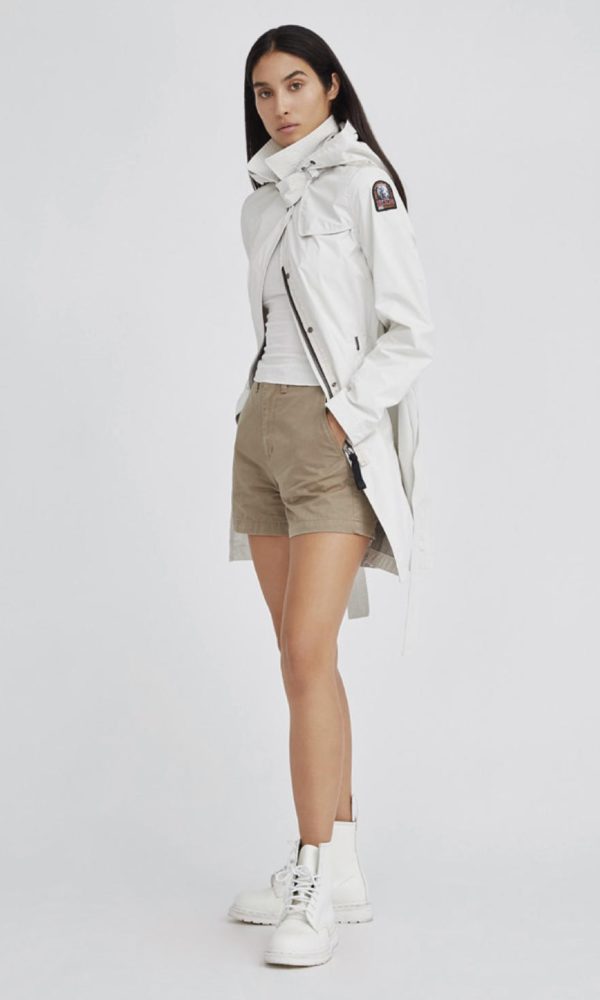“Can you wear white after Labour Day?” is one of the most asked fashion questions of the past several decades and, while today the answer is most certainly yes, the story of how this rule came about is a curious bit of American fashion history that begs to be retold.
The history of style’s oldest myth
Back in the early 20thCentury, American society dressed according to an unwritten code. When venturing outside the home, people were properly attired. Women of all ages wore mid-calf length skirts and shirts with high necklines while men donned dark suits with white shirts, ties and hats. Civilized people did not walk around in t-shirts or ripped jeans in public.
Not only did social mores dictate what was considered acceptable dress. They also determined what each social class ought to wear. What you wore told people who you were on the social hierarchy: rich, middle class or working poor.
No whites after Labour Day
History tells us that ‘no whites after Labour Day’ had more to do with wearing white before the first Monday in September than not wearing it afterwards and that class and status factored heavily into the rule.
Having a summer wardrobe of white dresses or dinner jackets was more than a way to keep cool. It signaled one’s social standing. During the early years of the 20th century, New York, along with several other northeastern cities in the US, were heavily polluted due to surrounding industries.
During the summer months, the moneyed class fled the heat by vacationing in the Hamptons, enjoying the clean beaches and cool ocean breezes while the masses toiled away in the smoky, dirty cities. Wearing white at the seaside was a way to distance oneself from the dreary, gritty urban life of those less fortunate.
Old money vs. nouveau riche
While the above history is accepted by many fashion historians, others believe that the rule regarding whites after Labour Day originated with the growth of the middle class in the 1950’s. According to this theory, it was driven by the establishment of old money families who wished to keep the nouveau riche out of their exclusive social circles.
Those not properly attired in white at summer parties would be embarrassed and publicly ridiculed. The message here was that if you did not know the implicit fashion rules, you did not belong and were not welcome.
Interestingly, these types of style guidelines were promoted to middle-class America by women’s magazines such as Vogue and Time Life. According to these trusted publications, white was to be worn only between Memorial Day and Labour Day, no exceptions.
Be part of the moneyed class
Of course, this rule did not always apply to luxury fashion designers such as CoCo Chanel who wore white yearlong during the 1920’s. Mavericks like Chanel made their names by breaking the rules, including ‘no whites after Labour Day’, and it is to these style icons that we owe today’s more laissez faire interpretation of fashion’s oldest traditions.
Today, fashion continues to evolve and very few rules remain. A well-executed all-white look can be a stylish statement in fall and winter so don’t pack away your white trousers or sheaths just yet. White conveys confidence, class and above all, even after all these years, a certain above-it-all aloofness that might just make people think you’re part of the moneyed class.
Photo: Kuna Photography



